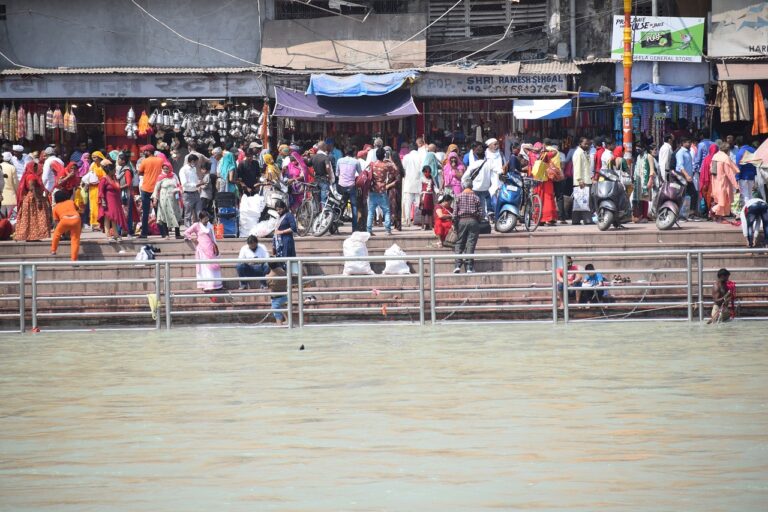Exploring the Role of Virtual Reality in Political Education: All panal.com, Laser247 com, Yalo247
all panal.com, laser247 com, yalo247: In recent years, virtual reality (VR) has emerged as a powerful tool for education, allowing students to immerse themselves in realistic simulations and interactive experiences. While VR has been predominantly used in fields like science, technology, engineering, and mathematics (STEM), its potential in political education is also beginning to be explored.
Role of VR in Political Education
1. Engaging Learning Experience: VR can help make political education more engaging and interactive by allowing students to explore historical events, visit important landmarks, and participate in simulations of political processes.
2. Simulating Political Scenarios: VR can be used to simulate complex political scenarios, allowing students to gain a deeper understanding of decision-making processes and the consequences of different choices.
3. Enhancing Critical Thinking: By experiencing political events firsthand through VR simulations, students can develop critical thinking skills and a better understanding of the complexities of politics.
4. Promoting Empathy and Understanding: VR can also be used to promote empathy and understanding by allowing students to step into the shoes of different political figures or marginalized communities, helping them see the world from different perspectives.
5. Access to Diverse Perspectives: VR can provide students with access to diverse perspectives and experiences that they may not otherwise have access to, helping them develop a more well-rounded understanding of political issues.
6. Real-World Applications: VR can also be used to simulate real-world political processes, such as election campaigns or legislative debates, giving students a firsthand experience of how politics operates in the real world.
7. Increased Engagement and Retention: Studies have shown that VR can lead to increased engagement and retention of information compared to traditional forms of learning, making it a powerful tool for political education.
FAQs
Q: Is VR expensive to implement in educational settings?
A: While VR technology can be initially costly, there are more affordable options available, such as mobile VR headsets, that can make it more accessible to educational institutions.
Q: Are there any privacy concerns with using VR in education?
A: As with any technology, it’s important to consider privacy concerns when using VR in education. Educators should ensure that student data is protected and that proper consent is obtained for using VR technology.
Q: Can VR be used for distance learning in political education?
A: Yes, VR can be a valuable tool for distance learning in political education, allowing students to participate in immersive experiences and simulations from anywhere in the world.
Q: How can educators incorporate VR into their political education curriculum?
A: Educators can start by exploring VR content related to political science, history, and current events, and incorporating it into their lessons to enhance student engagement and learning outcomes.
In conclusion, virtual reality has the potential to revolutionize political education by providing students with immersive and engaging learning experiences. By incorporating VR technology into the curriculum, educators can help students develop a deeper understanding of political processes, enhance critical thinking skills, and promote empathy and understanding of diverse perspectives. As VR technology continues to evolve, the possibilities for its application in political education are endless.







